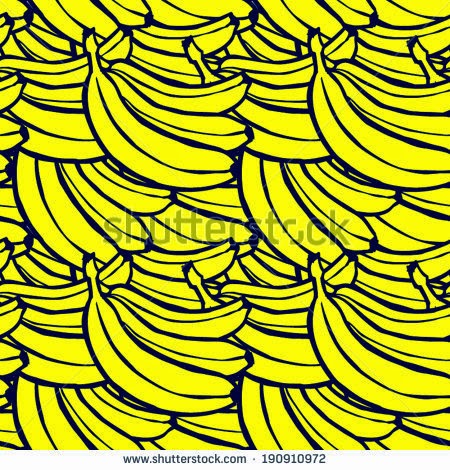PRESS PAUSE PLAY DOCUMENTARY
PressPausePlay focuses primarily on the
music industry. In what way do the issues resonate with you as a designer?
The film highlighted the fact that these days everyone has
the potential to be a film maker, photographer or producer. In the design
industry, access to software such as Adobe Creative cloud, has meant that now literally
anyone can afford to access professional creative software. Not only that, but
now there are a wealth of online tutorials available, meaning that anyone can
teach themselves how to use software which was once only known by the
professionals. The secrets of the design industry are freely available to
all. Also, there is so much free
software online now which make designing so much easier for the novice.
‘Picmonkey’ for example means that even for people who don’t want to spend time
learning how to use the professional software can still create modern and
personalised designs in minutes. Similarly, developments in technology now mean
that anyone can build their own website using platforms such as ‘wix’ and
‘wordpress’. This has massive financial
implications on the graphic designer because many small businesses are opting
to bypass the creative person and create logos, business cards and websites
themselves. The downside of this trend is that we see a lot of bland design
that lacks uniqueness. Consequently, businesses lack a sense of identity and
look like every other one. So, while the
design industry may be experiencing a decline of work coming from the smaller
businesses, who are looking to save money, some businesses who want to stand
out above all the mediocracy will be willing to pay a professional graphic
designer for something unique.
Advances in technology and software have also meant that
graphic designers can produce accurate work, more quickly than in the past. The
negative side of this however is that designers have become too reliant on
technology and the more traditional design skills, like photography, painting,
drawing, etc. are becoming rarer. Also
digital artwork can have an almost, boring, sterile precision and lacks the
imperfect, vulnerably quality of handmade art. The challenge for the designer
is to stand out from the rest and demonstrate originality and talent that clients
will be willing to pay for.
While the evolution of the internet has removed the cap on
creativity and made it accessible to all, it has also opened up new
opportunities for the designer that had never existed before. Opportunities for
the designer to work for themselves from the comfort of their own homes, rather
than working for an agency have increased.
Clients are able to contact designers directly, cutting out the agency
in the middle. This of course offers flexibility to designers, potential to specialise
in their areas of interest and work on projects that they really enjoy.
Designers are able to utilise the internet to network easily and create an
online brand very quickly. The down side to this is a lack of regular
consistent income, but the potential to earn more if the designer is able to
stay ahead of the rest and to use all the right networking tools to their
advantage.
Some have tried to argue that the music industry is dying
out. People have also begun to question the future of the graphic design
industry. I believe that if we, as designers, continually look for new and
creative ways to adapt to the changes and use them to our advantage, there will
always be a future in graphic design, albeit a different one than we might have
expected.









.jpeg)











.JPG)
.JPG)













.JPG)
































